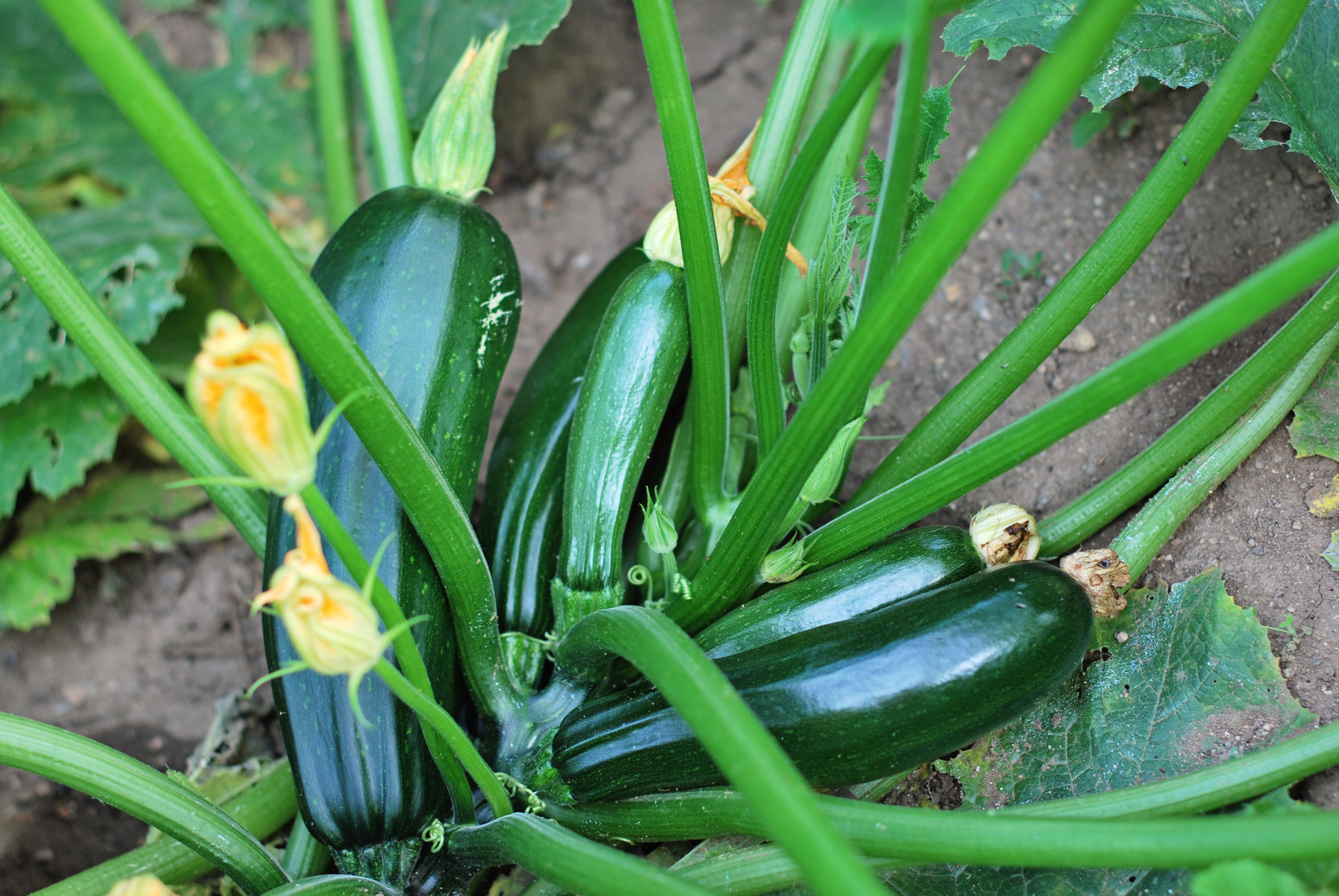Depending upon when you planted your zucchini in your New Jersey garden, you might notice a few new additions to your garden this week. After a week of rain and growth, zucchinis have arrived and this week we picked our first couple as we prepare for the summer onslaught.
Growing your own vegetables is a rewarding experience, and few crops are as versatile and abundant as zucchini. With its vibrant green color, tender flesh, and countless culinary possibilities, zucchini has become a favorite in many home gardens. However, like any plant, zucchini is susceptible to various challenges, including fungal problems such as powdery mildew. In this blog post, we’ll explore the journey of growing zucchini and discuss effective strategies for managing fungal issues, particularly powdery mildew, to ensure a successful harvest.
Zucchini thrives in warm weather and requires well-draining soil with plenty of organic matter. While most zucchini crops are bountiful in New Jersey, they come with some problems.
Powdery mildew is a common fungal disease that affects zucchini and other cucurbit plants. It appears as a white or grayish powdery coating on the leaves, stems, and even fruits. The fungus thrives in warm and humid conditions, making it particularly prevalent during late summer and early fall. If left untreated, powdery mildew can stunt plant growth, reduce fruit production, and compromise the overall health of your zucchini plants
Preventing powdery mildew begins with implementing proper cultural practices:
Provide Adequate Air Circulation: Ensure sufficient spacing between plants to allow for air movement. Prune or train the vines to keep them from becoming overly dense, reducing the chances of moisture buildup.
Water at the Base: Avoid wetting the leaves when watering your zucchini. Direct water to the base of the plants to keep the foliage dry and discourage fungal growth.
Water your plants in the morning to allow the leaves to dry throughout the day, preventing prolonged moisture and creating an unfavorable environment for powdery mildew.
Apply a layer of organic mulch around the plants to regulate soil moisture and prevent soil splashing, which can spread fungal spores.
If powdery mildew does appear despite your prevention efforts, you can turn to organic fungicidal solutions:
Neem Oil: Neem oil is an effective organic fungicide that can help control powdery mildew. Mix it with water according to the instructions on the package and spray it onto the affected areas of your zucchini plants.
Baking Soda Spray: Create a homemade fungicidal spray by combining one tablespoon of baking soda, one teaspoon of liquid soap, and one gallon of water. Spray this solution on the foliage, making sure to cover both sides of the leaves.
Dilute milk with water in a 1:9 ratio (one part milk, nine parts water) and apply it as a spray. The proteins in milk help prevent the spread of powdery mildew.
As your zucchini plants mature, regular harvesting is essential to encourage continuous production. Harvest zucchini when they reach a manageable size, typically around 6-8 inches in length. Use a sharp knife or pruning shears to cut the fruits from the vines, being careful not to damage the plant. From stir-fries and salads to bread and pasta dishes, there are countless ways to enjoy the bountiful harvest of fresh zucchini from your

